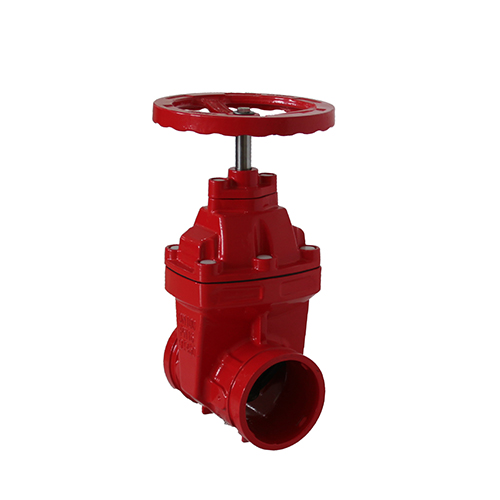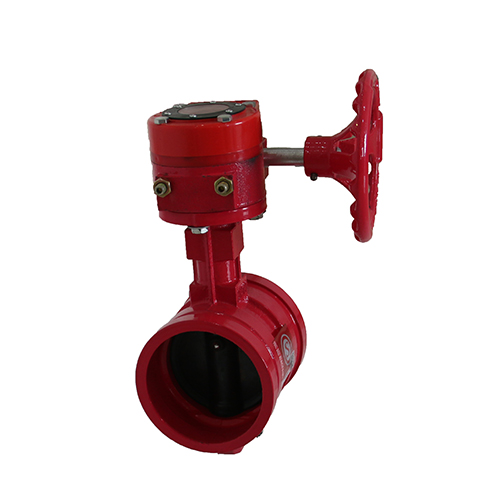
Fire valve
Groove valves are a type of top-mounted valve that reduces the number of connecting bolts on the valve body itself, enhances the reliability of the valve, and overcomes the influence of the system's deadweight on the normal operation of the valve. This design enables groove valves to perform well under high pressure and large diameter conditions and is suitable for a variety of industrial pipeline systems.
Groove valves are a type of top-mounted valve that reduces the number of connecting bolts on the valve body itself, enhances the reliability of the valve, and overcomes the influence of the system's deadweight on the normal operation of the valve. This design enables groove valves to perform well under high pressure and large diameter conditions and is suitable for a variety of industrial pipeline systems.
Contact US
Definition
Groove valves are a type of top-mounted valve that reduces the number of connecting bolts on the valve body itself, enhances the reliability of the valve, and overcomes the influence of the system's deadweight on the normal operation of the valve. This design enables groove valves to perform well under high pressure and large diameter conditions and is suitable for a variety of industrial pipeline systems.
Application scope
Groove valves are widely used in pipeline systems in coal chemical, petrochemical, rubber, papermaking, pharmaceutical and other industries, mainly used as media diversion and confluence or flow direction switching devices.
Main parameters The nominal diameter of groove valves is usually between DN50mm and DN300mm (NPS2 to 12), the nominal pressure can reach PN10MPa to 16MPa, and the operating temperature range is -29℃ to 300℃.
Advantages
Groove valves have significant advantages such as light switch, reliable sealing, good elastic memory and long service life. Due to its light weight, the body is usually made of high-grade ductile iron, which is about 20%-30% lighter than traditional gate valves, making it easy to install and maintain. These characteristics make groove valves used as regulating and intercepting devices in fluid pipelines such as tap water, sewage, construction, petroleum, chemical industry, food, medicine, textile, electricity, shipbuilding, metallurgy, and energy systems.
















